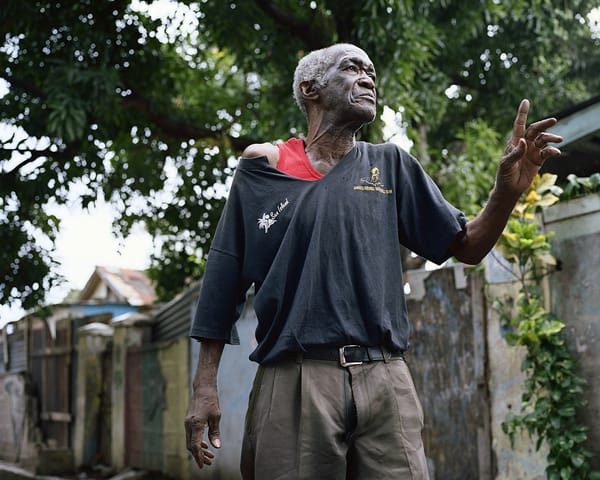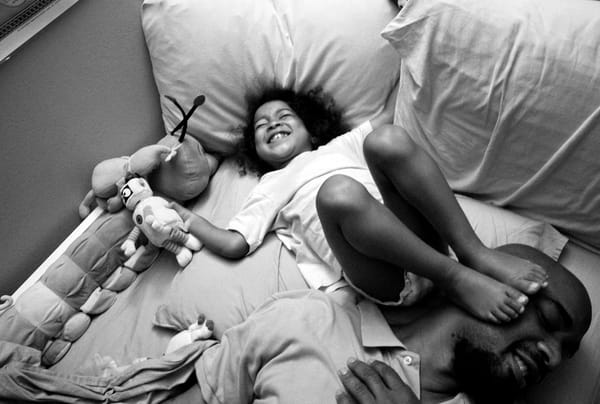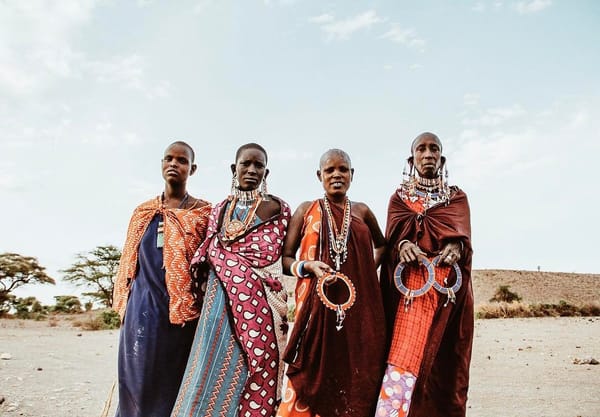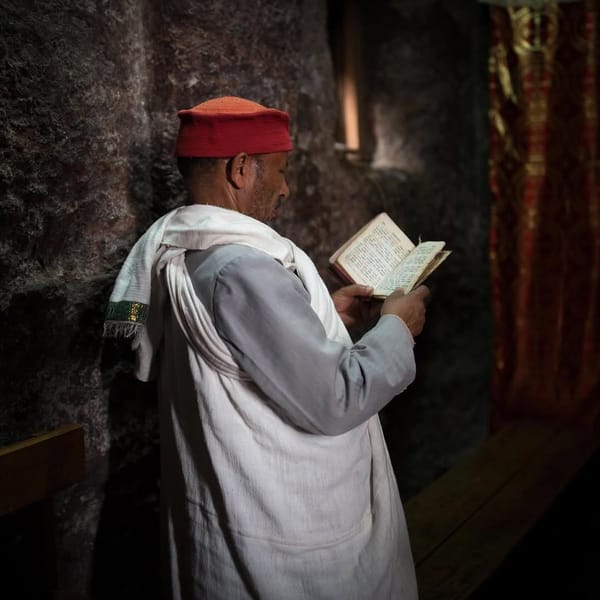56 Black Men: Reframing Black male identity
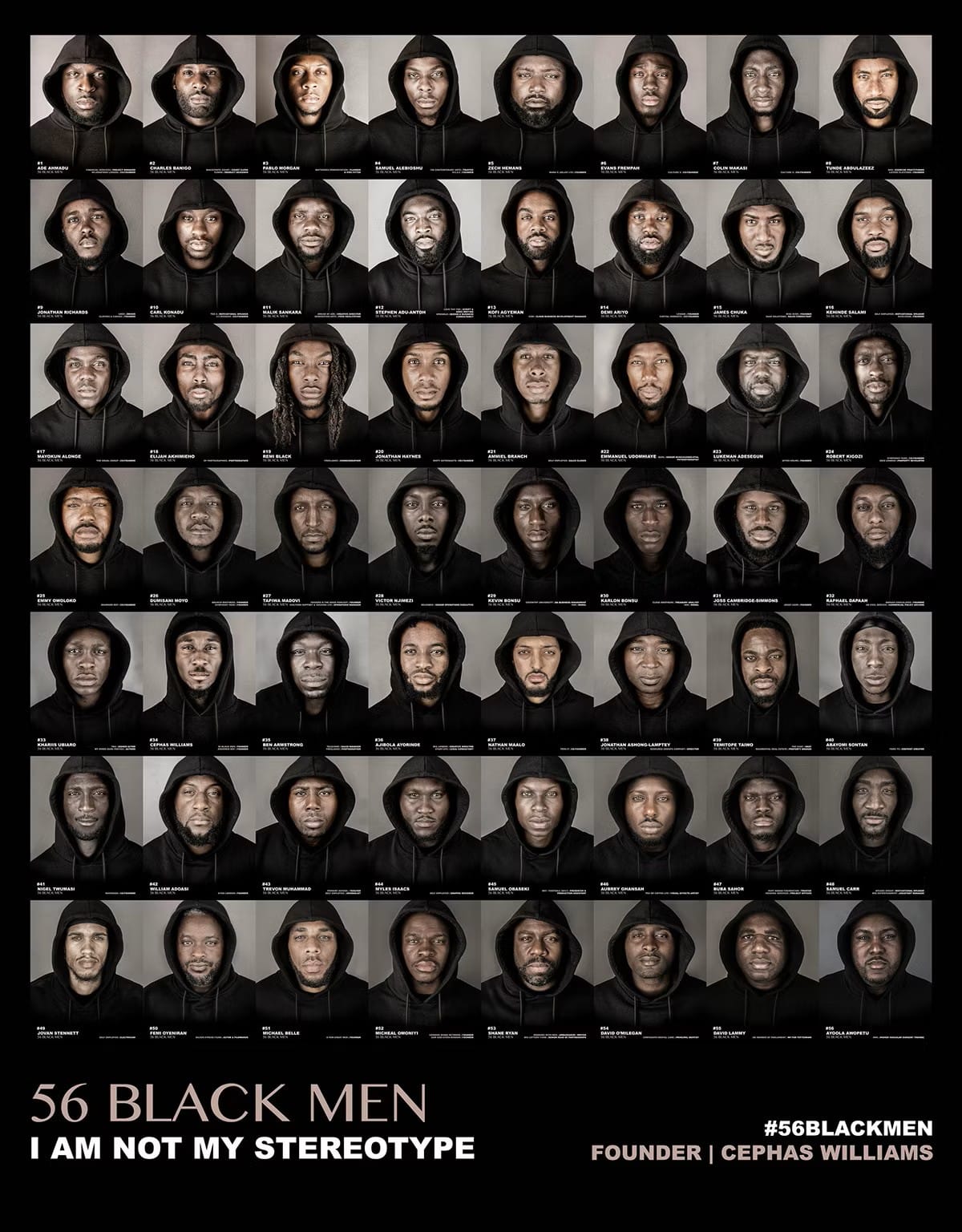
In 2019, a quiet revolution began with a hoodie and a camera. It started when Cephas Williams stepped in front of the lens, not to pose but to protest.
Tired of being misread, misjudged and misunderstood, he launched 56 Black Men, a photography campaign that placed Black men at the centre of their own narrative. Each man, photographed in a hoodie, stared straight into the lens. Not as a threat. Not as a victim. But as himself.
56 portraits. 56 lives. 56 refusals to be reduced.
And although the campaign began in 2019, its relevance has not faded. The stereotypes it confronts are still alive. The stories it tells are still necessary. The images still speak.
The power of the Black gaze
What does it mean to be seen through your own eyes, not someone else’s expectations?
The Black gaze is a concept that challenges the dominant, often white, perspectives that define how Black people are represented in art, media and culture. Instead of being viewed as a problem to solve or a figure to fear, the Black gaze allows for complexity, dignity and truth.
In 56 Black Men, the Black gaze is unmistakable. Each portrait invites us to look again. It demands we confront our assumptions.
Because this wasn’t just a series of headshots. It was a visual correction. A cultural intervention.
Hoodies and humanity
The hoodie, so often treated as a symbol of danger, became a deliberate choice. It reframed the narrative.
Teachers, politicians, entrepreneurs, directors, creatives, and community leaders all wore the same garment that has too often led to them being feared or followed. By wearing hoodies, the men in the campaign exposed the absurdity of the stereotype.
As Cephas Williams explained at the time, “Everyone is talking about knife crime and gang culture and violence. That is not the majority of us.”
But if the media only reflects that minority, how will young Black boys know they can be anything else?
The legacy of misrepresentation
Representation shapes reality. And for too long, Black men have been represented almost exclusively in the context of crime, conflict or entertainment.
This narrow lens harms everyone. It limits opportunity. It informs fear. And it contributes to the internalised belief that success, softness or leadership is not for men who look a certain way.
As Cephas put it: “A lot of us have become what we have been portrayed to be.”
That’s why the campaign resonated so deeply. It provided a counter-archive. A visible reminder that Black men exist beyond the margins and headlines. That they are more than what the media has shown.
From object to author
Photography has often turned Black people into objects for public consumption. But 56 Black Men flipped that script. These weren’t portraits taken of the men. They were portraits created with them. The men were not subjects. They were authors.
That is the power of self-representation. It shifts control. It reclaims identity. And it makes space for truth.
This is what the Black gaze offers: a way to see that honours rather than exploits. A gaze that dignifies.
Five years on: why this still matters
More than five years have passed since those portraits first circulated online. Yet the conversation is far from over.
Stereotypes don’t disappear on their own. Representation doesn’t fix itself. The work that began with 56 Black Men continues in every Black-led visual project, every reimagined narrative, every choice to centre truth over trope.
Cephas Williams didn’t just take portraits. He opened a door. Now it's up to all of us to keep walking through it.
Because until Black men are seen clearly and fully, by the media, by society, and by themselves, the work isn't finished.
Share on social
If this sparked something in you, share it. Our voices are powerful, and when we lift each other up, we all see a little clearer.

